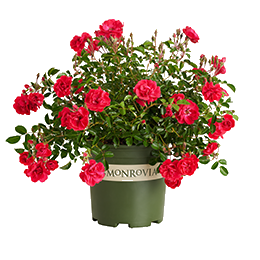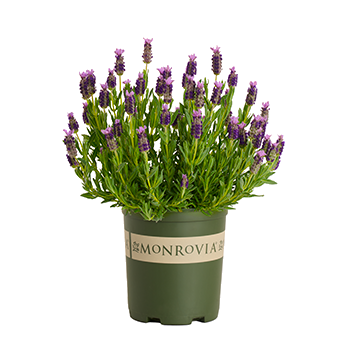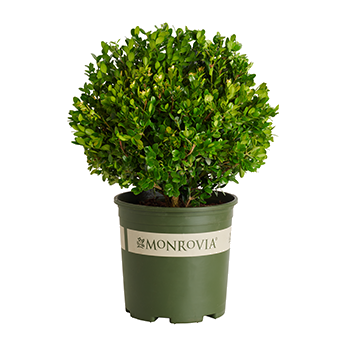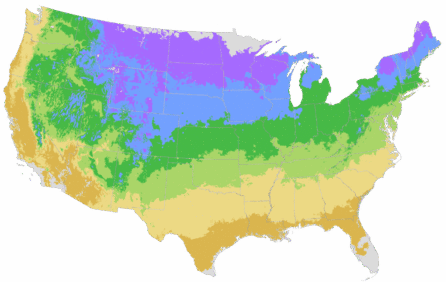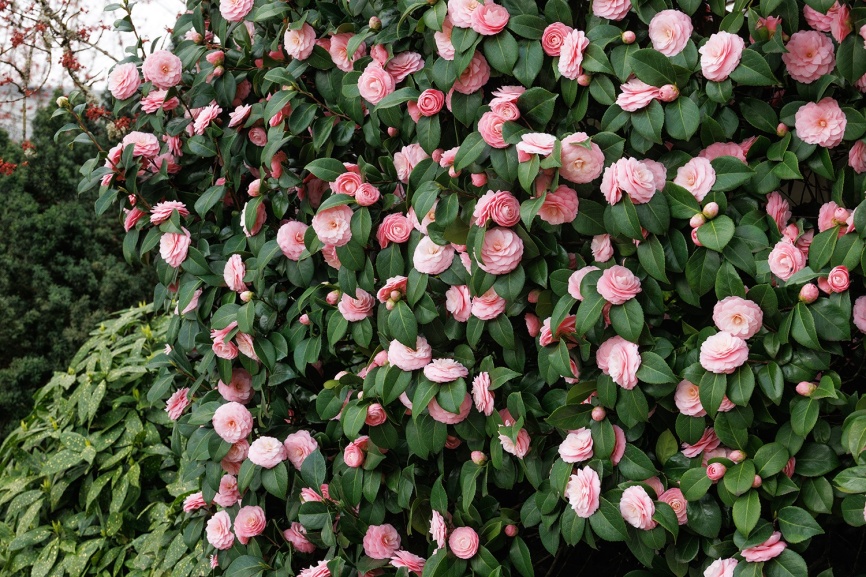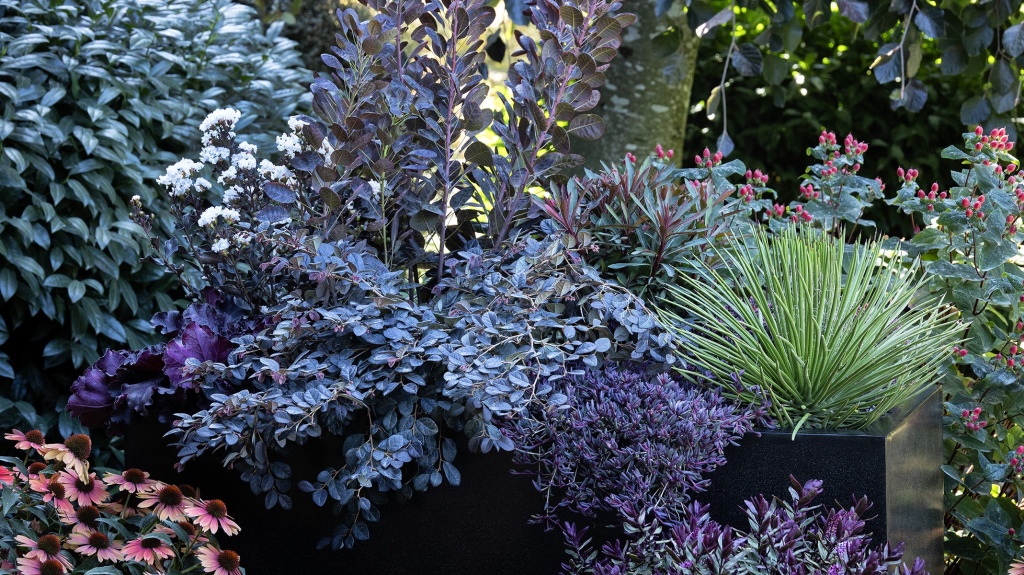You're growing in this Zip Code:
Change LocationDiscover Plants for Your Area
San Jose Juniper
Juniperus chinensis 'San Jose'
Retailers Near You
| Description | An extremely versatile conifer that can easily be used as a low border, groundcover, or container plant. Stiff, irregular branches with attractive, scaled, sage green foliage make this an excellent choice for training as a bonsai or other topiary form. Evergreen. |
|---|---|
| Bloom Time | Conifer; prized for foliage. |
| Deciduous/Evergreen | Evergreen |
| Special Features | Dramatic Foliage Color, Easy Care, Waterwise, Benefits Birds |
| Problems/Solutions | Coastal Exposure, Deer Resistant, Erosion Control, Rabbit Resistant, Drought Tolerant, Tolerates Urban Pollution |
| Growth Rate | Slow |
| Growth Habit | Spreading |
| Landscape Use | Border, Container, Ground Cover, Suitable for Topiary |
| Design Ideas | Here is a very easy, low growing plant that fills a dozen uses. A super groundcover for slopes or large borders. Its beauty is revealed when trained as an Asian garden bonsai or topiary form and planted in a lovely, square ceramic pot. Ideal for cascading over the edges of raised planters or to grow around hillside rocks and boulders. Excellent in small city gardens for evergreen sculptural quality. |
| Foliage Color | Gray-green |
| Companion Plants | Russian Sage (Perovskia); Rose (Rosa); Clematis (Clematis); Catmint (Nepeta); Barberry (Berberis); Maiden Grass (Miscanthus) |
| Care Instructions | Highly adaptable and easy to grow in most well-drained soils; avoid overly wet conditions. Water deeply, regularly during the first growing season to establish an extensive root system. Once established, reduce frequency; tolerates mild drought. Apply fertilizer before new growth begins in spring. Prune annually to shape. |
| History | J. chinensis is native to northeast Asia, including China, Mongolia, Japan, Korea and parts of Russia. The Chinese have grown the species for centuries and produced a number of their own garden cultivars before the plant was "discovered" by the west. The genus Juniperus was classified in 1767, but taxonomic confusion resulted with the introduction of other forms from China that are technically the same species but more accurately subspecies and cultivars. Further cross breeding resulted in a huge array of sizes, forms and colors. The leaves of this juniper are toxic but have been used over the years in certain home remedy ointments. Foliage is repellent to lice, and oils are extracted from the plant and used in traditional insecticides. |
| Description | An extremely versatile conifer that can easily be used as a low border, groundcover, or container plant. Stiff, irregular branches with attractive, scaled, sage green foliage make this an excellent choice for training as a bonsai or other topiary form. Evergreen. |
|---|---|
| Bloom Time | Conifer; prized for foliage. |
| Deciduous/Evergreen | Evergreen |
| Special Features | Dramatic Foliage Color, Easy Care, Waterwise, Benefits Birds |
| Problems/Solutions | Coastal Exposure, Deer Resistant, Erosion Control, Rabbit Resistant, Drought Tolerant, Tolerates Urban Pollution |
| Growth Rate | Slow |
| Growth Habit | Spreading |
| Landscape Use | Border, Container, Ground Cover, Suitable for Topiary |
|---|---|
| Design Ideas | Here is a very easy, low growing plant that fills a dozen uses. A super groundcover for slopes or large borders. Its beauty is revealed when trained as an Asian garden bonsai or topiary form and planted in a lovely, square ceramic pot. Ideal for cascading over the edges of raised planters or to grow around hillside rocks and boulders. Excellent in small city gardens for evergreen sculptural quality. |
| Foliage Color | Gray-green |
| Companion Plants | Russian Sage (Perovskia); Rose (Rosa); Clematis (Clematis); Catmint (Nepeta); Barberry (Berberis); Maiden Grass (Miscanthus) |
| Care Instructions | Highly adaptable and easy to grow in most well-drained soils; avoid overly wet conditions. Water deeply, regularly during the first growing season to establish an extensive root system. Once established, reduce frequency; tolerates mild drought. Apply fertilizer before new growth begins in spring. Prune annually to shape. |
|---|
| History | J. chinensis is native to northeast Asia, including China, Mongolia, Japan, Korea and parts of Russia. The Chinese have grown the species for centuries and produced a number of their own garden cultivars before the plant was "discovered" by the west. The genus Juniperus was classified in 1767, but taxonomic confusion resulted with the introduction of other forms from China that are technically the same species but more accurately subspecies and cultivars. Further cross breeding resulted in a huge array of sizes, forms and colors. The leaves of this juniper are toxic but have been used over the years in certain home remedy ointments. Foliage is repellent to lice, and oils are extracted from the plant and used in traditional insecticides. |
|---|
Retailers Near You
About Us
We have been pioneers and craftsmen in the art of growing plants for nearly
100 years. Since our founding in Southern California by Harry E. Rosedale, Sr.
in 1926, we have been absolutely dedicated and obsessed with quality.
We have been pioneers and craftsmen in the art of growing plants for nearly 100 years. Since our founding in Southern California by Harry E. Rosedale, Sr. in 1926, we have been absolutely dedicated and obsessed with quality.
